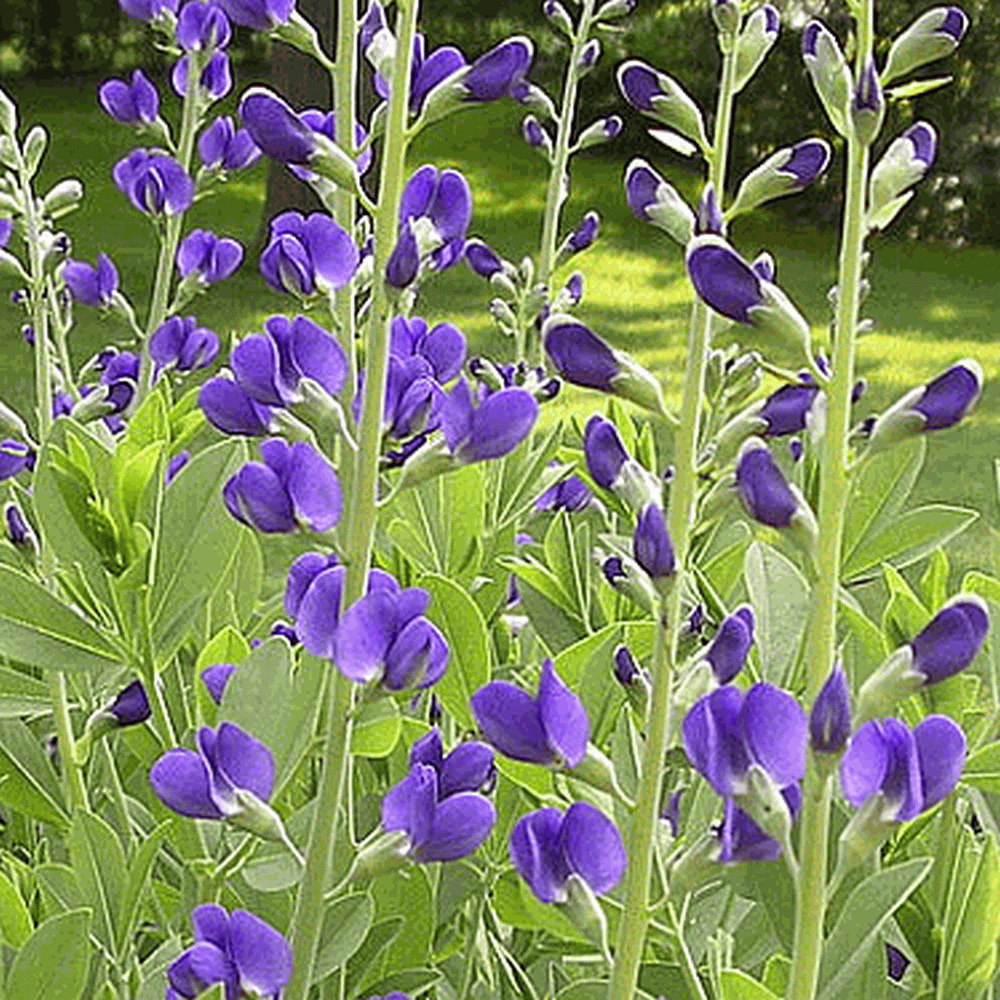


The genus was first named by the Swedish botanist Carl Linnaeus (1707–1778) in his groundbreaking treatise Species Plantarum (1753). Indigofera tinctoria, or “True Indigo.” Colored engraving by J. The dye extraction is done by fermenting the Indigo leaves, which results in a blue paste. Indigo is a legume, which means that it can fix nitrogen in the soil, and therefore, it’s used as a rotation crop in agriculture to improve soil quality (which explains its prominent role in sustainable agricultural projects today). In the Indian subcontinent, the dominant species is Indigofera tinctoria, also known as “True Indigo,” while Indigofera suffruticosa, “West Indian Indigo” or “Guatemalan Indigo,” is prevalent in Central and South America. Many of these species can grow up to six feet tall and are distinguished by their oval-shaped, pinnate leaves. The genus Indigofera, belonging to the bean family, is native to the tropics and comprises more than 750 species. Thus, the dye extracted from indigo, referred to as blue gold, once a symbol of power and prosperity as the color of royal garments thanks to its malleability, eventually became the staple hue in the British textile industry, used ubiquitously from denim to military uniforms and everything in between.Īrchaeological evidence of the oldest indigo-dyed fabric was found in Huaca Prieta, Peru, one of the first human settlements in the Americas. Closer to modern times, in the thirteenth century, Marco Polo reported its use in India, and in the centuries that followed, its cultivation was primarily influenced by the interests and profiteering of European settlers. Indigo’s use as a pigment for painting has been documented in ancient Egypt as well as the Greek and Roman empires. Indigo plants are natural sources of blue dye used in art and textiles across civilizations. Instead, for many centuries, the cultivation of indigo was a prime example of colonial exploitation. But while companies like Levi Strauss now seek to partner with sustainable agricultural projects, the story of indigo cultivation has not always been one of environmental preservation and care. The partnership, which has attracted media attention over the past few years, should promote sustainable plant-based indigo dyes that will reverse the toxic effects of the carbon-intensive production of synthetic dyes that currently dominate the market. In December 2022, the world’s leading denim brand, Levi Strauss & Co., reportedly invested more than four million dollars in Stony Creek Colors, a regenerative agriculture firm that grows indigo, the original plant source of the blue dye that has made denim jeans recognizable across the globe.


 0 kommentar(er)
0 kommentar(er)
